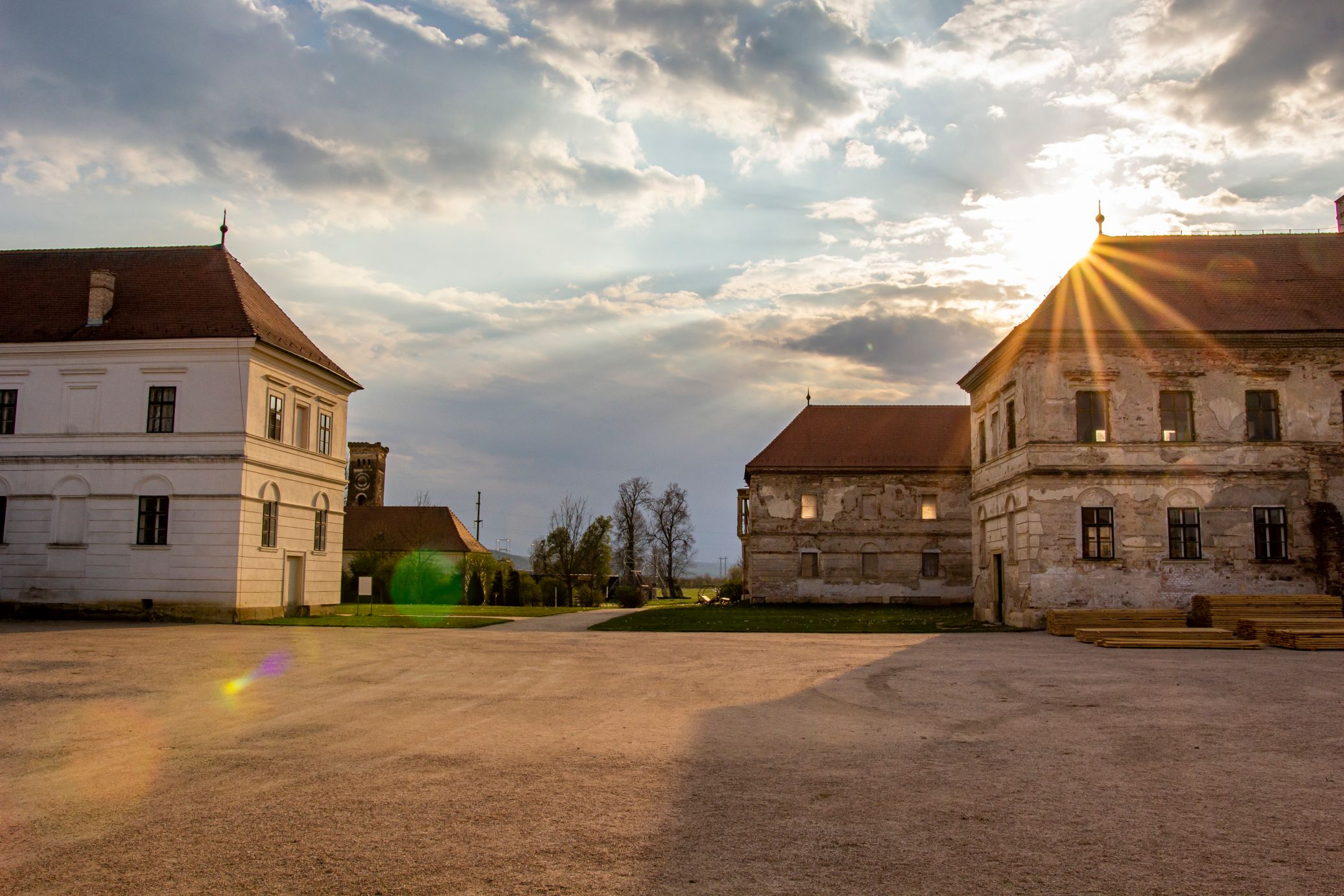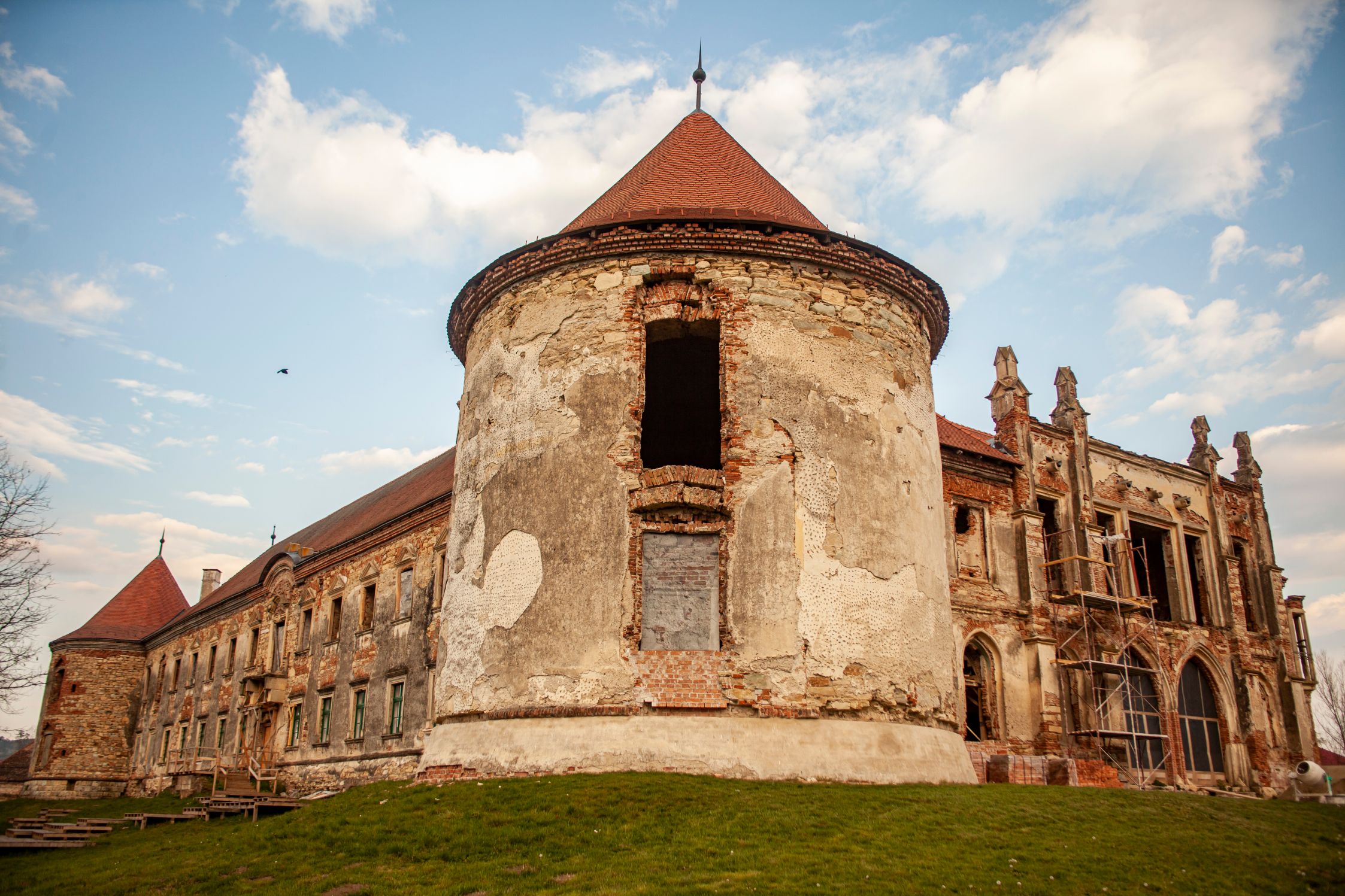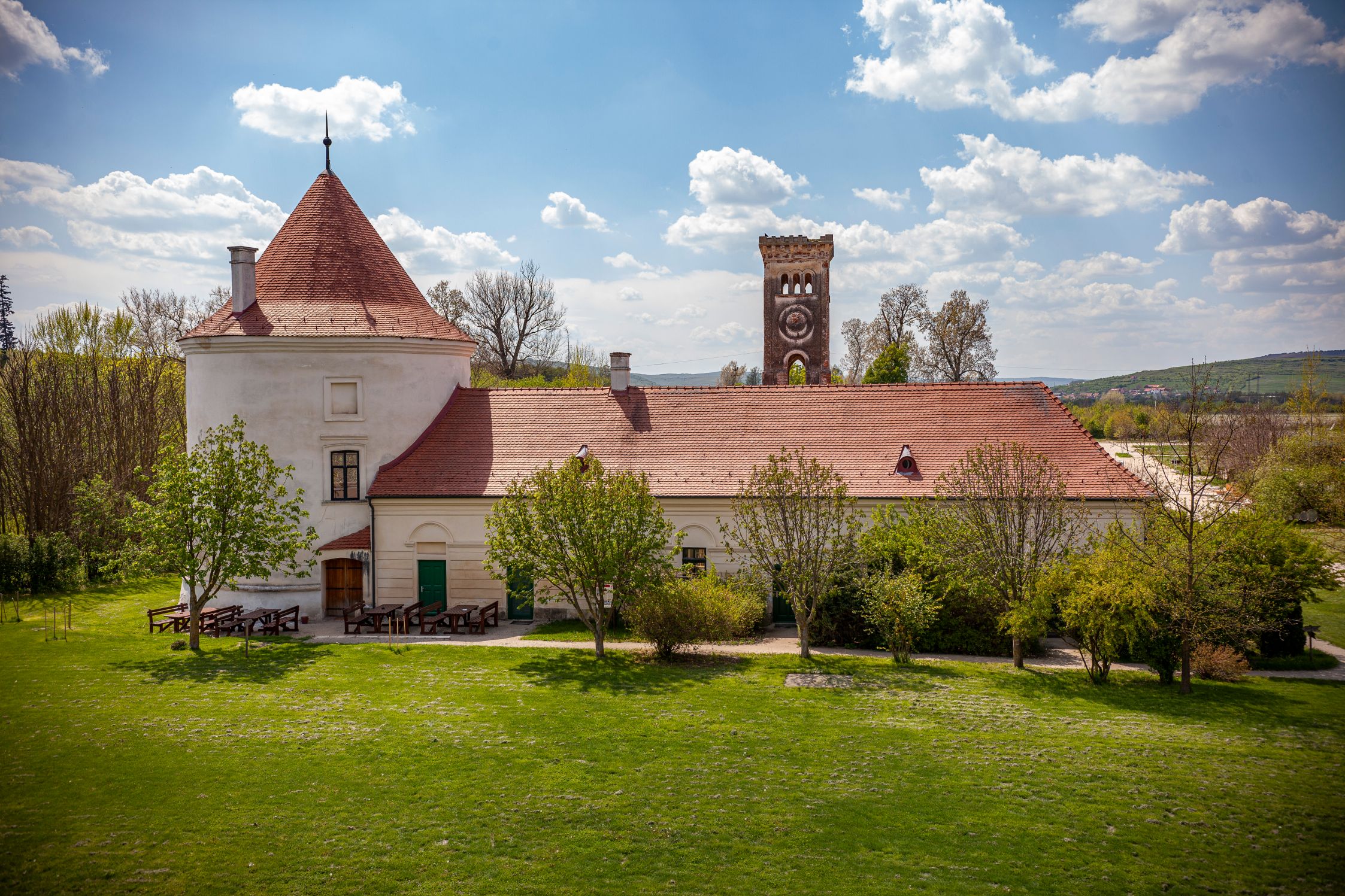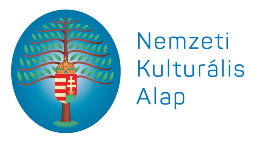The Bánffy Castle in Bonțida
Historic Monument Code: CJ-II-a-A-07534
The domain of Bonțida (first mentioned in 1263) came into the possession of the Bánffy family in 1387 as a donation from King Sigismund of Luxembourg, being owned by the family until its nationalisation.
Due to the lack of written sources, the beginnings of the castle’s construction are unclear, but in a first phase a small manor house was built here, which then was fortified in 1668-1674 by Denis Bánffy, brother-in-law to Prince Michael Apafi I, with a rectangular curtain wall, reinforced at its corners with circular towers, respectively with a gatehouse on its eastern. After the execution in 1674 of Denis, the construction works were continued by his son, George.
In 1735 the Renaissance castle was inherited by Denis, who after a period spent at the Viennese Court returned home in 1747 as Master of the Horse to Empress Maria Theresa and initiated a major Baroque transformation of the ensemble: in 1747-1751 he built the U-shaped wing of the court d’honneur (horse stables, riding school, carriage rooms), decorated with a statue gallery featuring mythological figures carved by the sculptor Johannes Nachtigall. This was followed by the construction of the main building’s northern wing, renovated and completed in 1784-1786 by his son, George, governor of Transylvania (who also built the Bánffy Palace in Cluj).
In 1820 Joseph Bánffy demolished the Renaissance gatehouse, in the 1830s he modified the two eastern wings in Neoclassical style and transformed the castle’s baroque garden into a romantic park, respectively in 1855 he modified, in Neo-gothic style, the western façades of the main building and of the kitchen block, to which a tower was attached.
The last three owners, including the politician and writer Miklós Bánffy, endeavoured to keep the castle in its inherited, historical state.
During World War II, the castle’s northern wing was used as military a hospital and warehouse by the Nazi troops, who upon their retreat from Romania set it on fire. The main and western wings lost their roofs and part from the slabs. The castle was emptied of furniture, artworks, and the books that made up the Bánffy family library, however, the convoys carrying the confiscated objects were bombed, destroying everything.
After its nationalisation, the castle was taken over by the Ministry of Agriculture, which moved the Agricultural Machinery and Tractor Station to the premises. The Miklós Building was used as offices and housing for employees, the kitchen as a canteen (supplied with wood from the historical park), while the stables housed a club, after destroying the fountain with the horse statue found there, along with the family coat of arms on the main gate. The villagers also contributed to the castle’s destruction, carrying away building materials, statues, or different objects (bronze statuettes and medals, glass and bronze lamps found in the Miklós Building, where the Count had a “personal museum”).
To save the ensemble, in the 1960s the Historic Monuments’ Directorate tried in vain to persuade either the Herbák János Plant or the Babeș-Bolyai University to take over the castle and to turn it into a rest home for workers or students. Only the Bucharest Film Studio was interested in the monument, shooting here the Forest of the Hanged, directed by Liviu Ciulei. It was not until 1968 that some interventions were carried out at the castle, by placing a reinforced concrete slab and roof structure over the main building, but in 1972 these were stopped, and the process of ruination resumed. In the 1980s, a mushroom farm functioned in the stables, a chicken farm in the Miklós Building, a beer bottling station in the chapel, and a rabbit farm in the former kitchen.
After 1990, the Transylvania Trust took over the castle through a concession (returned in 2008 to the Bánffy family), initiating a long restoration and revitalization campaign, which continues to this day. The castle can be visited, guided tours are available on request, and the former kitchen now houses a cultural café in the bastion.
Extra
- The Miklós Building, the smaller castle wing next to the stables, received its name as a tribute to one of the most important members of the family, Count Miklós Bánffy (1873-1950): politician, writer, painter, director and set designer, a prominent figure of Transylvanian cultural life. The Count is best known for his literary work, being the author of the Transylvanian Trilogy, translated into several languages. However, the name is not only due to the respect for the Count’s merits, as it also alludes to the reckless and morally questionable past of the young Miklós, who led a carefree life of excesses: according to rumours, as punishment for his outrageous behaviour (gambling debts, as well as love affairs), his father exiled him from the main building, occupied by the family, in the part known today as the Miklós Building, in order for the young Miklós to become more mature and responsible.
- In 1985, the director and screenwriter Dinu Tănase placed the set of the film Emisia continuă (The Broadcasting Continues) in the buildings and courtyards of Bonțida Castle, affecting all of the castle wings during the shooting of the battle sequences: in the frames that capture the castle, explosions can be seen in the roof structure of the kitchen block, in the main courtyard, and on the ground floor of one of the towers, breaking the windows where they still existed. In addition, bullets were fired at the walls and machine guns were mounted in the dormers, the recoil of which caused some of the tiles to fall down.
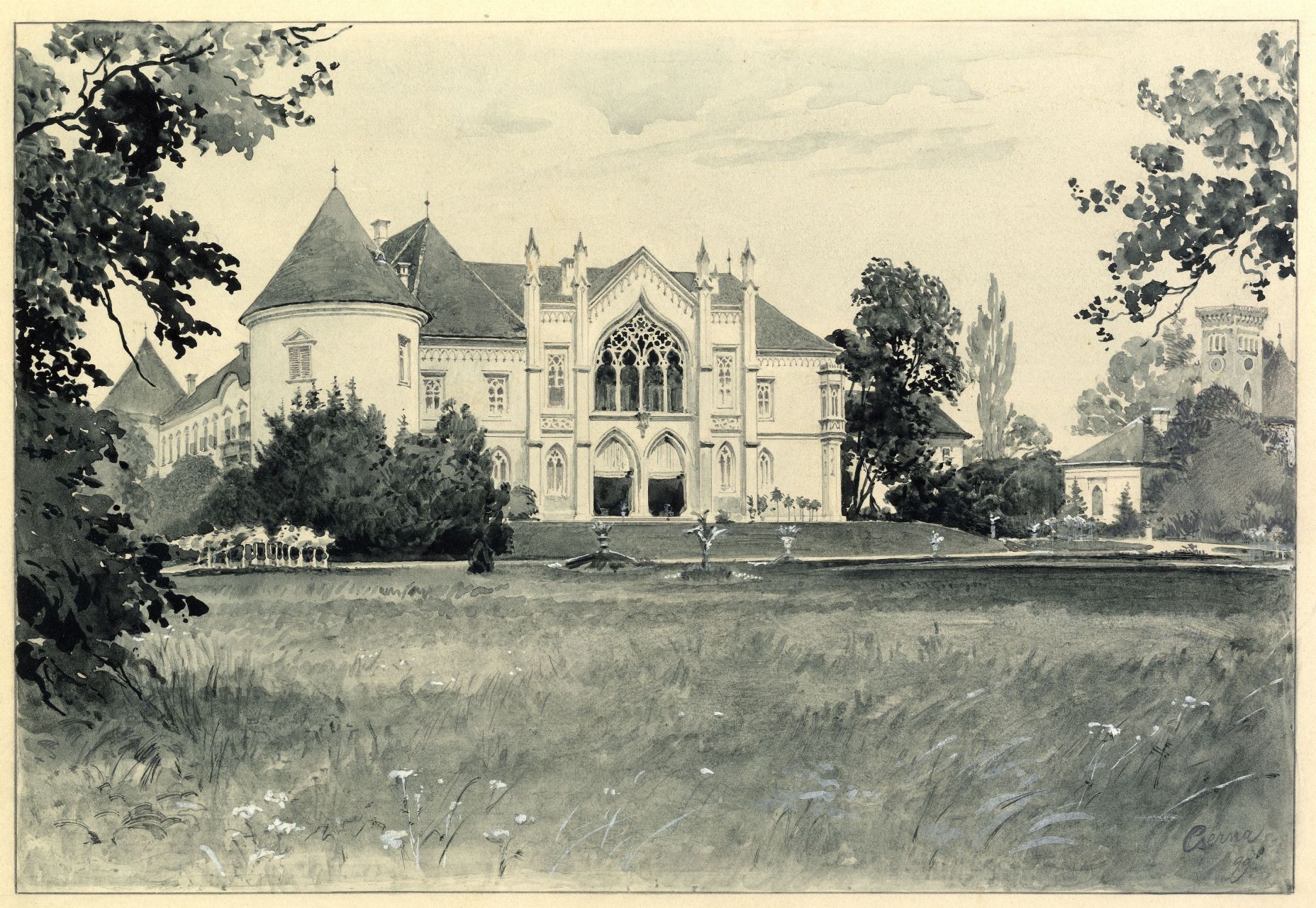
Hungarian National Museum, Central Database and Digital Archive of Images

